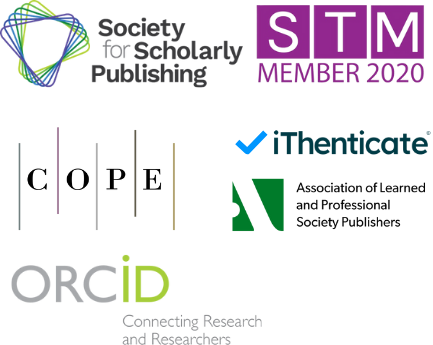Financial Resilience through Human-Machine Coevolution: How Autonomous Control Systems Transform Strategic and Financial Decision-Making in Global Supply Chains
DOI:
https://doi.org/10.71222/tw4nxg37Keywords:
human-machine coevolution, autonomous control systems, supply chain finance, strategic decision-making, financial risk managementAbstract
In this work, we explore the impact of autonomous control systems on strategic and financial decision-making in global supply chains and propose a new framework for human-machine coevolution. With the advancement of artificial intelligence and automation technologies, supply chain financial management is undergoing unprecedented transformation. Through analyzing how autonomous systems change decision-making processes, financial risk management, and capital allocation strategies, this research reveals a new model of human-machine collaboration. The findings suggest that successful supply chain strategies increasingly depend on effective integration of human financial expertise with machine capabilities, a coevolutionary relationship that is redefining how global business ecosystems operate and create financial value. This study provides both theoretical foundations and practical guidance for understanding and managing this transformation.
References
1. M. Christopher and H. Peck, "Building the resilient supply chain," Int. J. Logist. Manage., 2004, doi: 10.1108/09574090410700275.
2. H. L. Lee, "The triple-A supply chain," Harv. Bus. Rev., vol. 82, no. 10, pp. 102–113, 2004.
3. E. Hofmann, U. M. Strewe, and N. Bosia, Supply Chain Finance and Blockchain Technology: The Case of Reverse Securitisation. Springer, 2017. ISBN: 9783319623719.
4. E. Brynjolfsson and A. N. D. R. E. W. McAfee, "The business of artificial intelligence," Harv. Bus. Rev., vol. 7, no. 1, pp. 1–2, 2017.
5. T. H. Davenport and J. Kirby, Only Humans Need Apply: Winners and Losers in the Age of Smart Machines, vol. 1. New York, NY, USA: Harper Business, 2016. ISBN: 9780062438614.
6. D. Ivanov and A. Dolgui, "Viability of intertwined supply networks: Extending the supply chain resilience angles towards survivability. A position paper motivated by COVID-19 outbreak," Int. J. Prod. Res., vol. 58, no. 10, pp. 2904–2915, 2020, doi: 10.1080/00207543.2020.1750727.
7. S. F. Wamba et al., "Big data analytics and firm performance: Effects of dynamic capabilities," J. Bus. Res., vol. 70, pp. 356–365, 2017, doi: 10.1016/j.jbusres.2016.08.009.
8. R. Toorajipour et al., "Artificial intelligence in supply chain management: A systematic literature review," J. Bus. Res., vol. 122, pp. 502–517, 2021, doi: 10.1016/j.jbusres.2020.09.009.
9. X. Luo, “Immersive digital modeling and interactive manufacturing systems in the textile industry,” J. Comput. Signal Syst. Res., vol. 2, no. 5, pp. 31–40, 2025, doi: 10.71222/jyctft16.
10. X. Luo, “Reshaping coordination efficiency in the textile supply chain through intelligent scheduling technologies,” Econ. Manag. Innov., vol. 2, no. 4, pp. 1–9, 2025, doi: 10.71222/ww35bp29.
Downloads
Published
Issue
Section
License
Copyright (c) 2025 Ning Dong (Author)

This work is licensed under a Creative Commons Attribution 4.0 International License.



